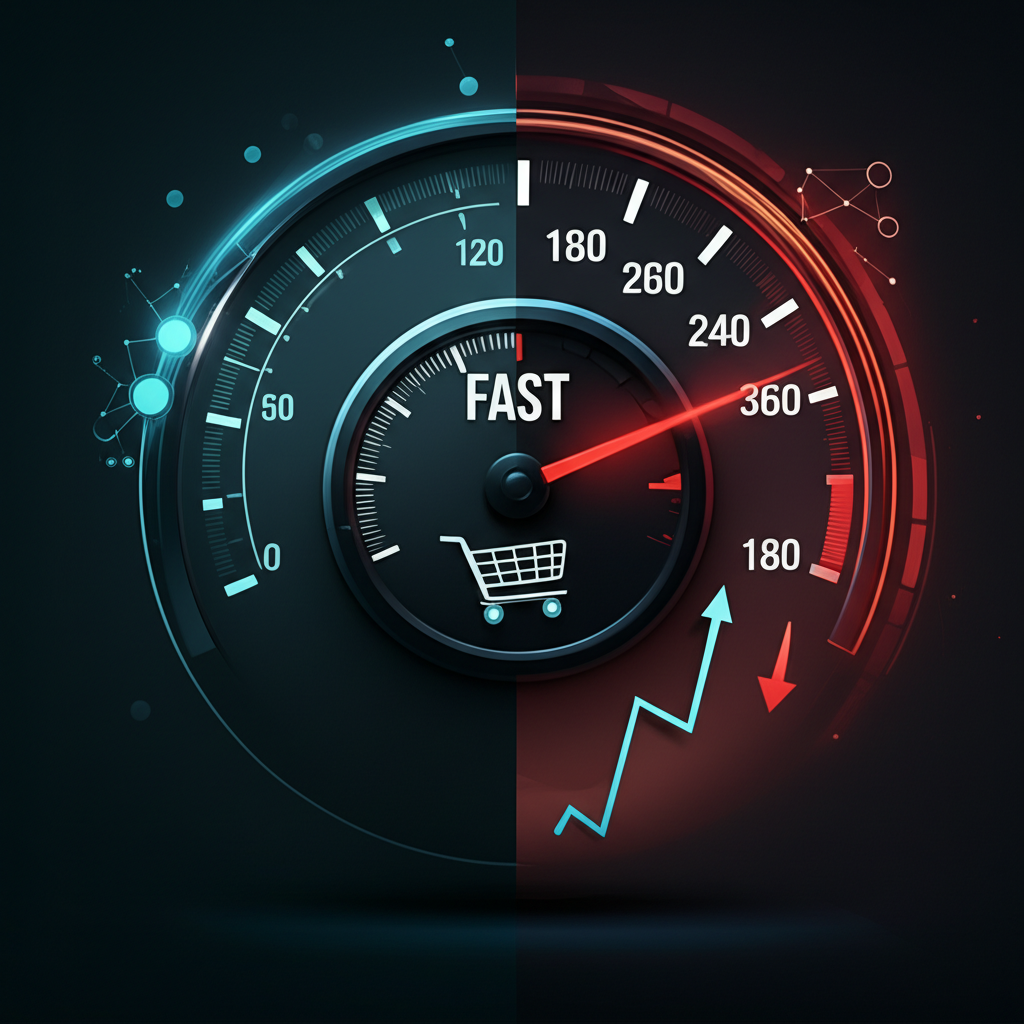- Why Website Speed Matters for SEO
- Website Speed as a Ranking Factor
- The Impact of Website Speed on Sales
- Boosting Sales through Optimized Website Speed
- Strategies for Improving Website Speed
- Conclusion: Prioritize Website Speed for Success
Website Speed: Crucial for SEO & Sales
Website speed is a critical factor for both search engine optimization (SEO) and sales. In today’s fast-paced digital world, users expect websites to load quickly and efficiently. A slow website can lead to a poor user experience, increased bounce rates, and ultimately, lost revenue. This article will explore the importance of website speed, its impact on SEO and sales, and provide actionable strategies to optimize your website for optimal performance.
Why Website Speed Matters for SEO

Search engines like Google prioritize user experience. A fast-loading website contributes significantly to a positive user experience, making it a crucial ranking factor. Google has explicitly stated that page speed is a ranking signal for both desktop and mobile searches. Therefore, optimizing your site’s speed can directly improve your search engine rankings, leading to increased organic traffic and visibility.
Website Speed as a Ranking Factor
The impact of website speed on SEO extends beyond mere rankings. A slow website can negatively affect several other SEO metrics:
Bounce Rate: When a website takes too long to load, users are more likely to abandon it before it fully renders. This increases the bounce rate, signaling to search engines that the website doesn’t provide a satisfactory user experience.
Crawl Budget: Search engine crawlers have a limited amount of time to crawl a website. A slow-loading website forces crawlers to spend more time on fewer pages, potentially impacting the indexing of important content.
Mobile-Friendliness: With the increasing dominance of mobile browsing, Google emphasizes mobile-first indexing. This means that Google predominantly uses the mobile version of a website for indexing and ranking. Since mobile connections can vary in speed, a website optimized for mobile speed is even more critical.
The Impact of Website Speed on Sales
Beyond SEO, website speed directly influences sales and conversions. Studies have shown a strong correlation between page load times and conversion rates. Even small improvements in website speed can result in significant increases in conversions and revenue.
Boosting Sales through Optimized Website Speed
Here’s how website speed directly influences sales:
User Experience: A slow website creates a frustrating experience for users. Frustrated users are less likely to browse products, add items to their cart, or complete a purchase. A fast and seamless website, on the other hand, encourages users to engage with the content and explore further, leading to increased conversions.
Mobile Conversions: Mobile commerce is booming, and mobile users are particularly sensitive to slow loading times. Optimizing your website speed for mobile devices is crucial for capturing this growing market segment and maximizing mobile conversions.
Customer Loyalty: A consistently fast and reliable website builds trust and fosters customer loyalty. Positive user experiences lead to repeat visits and increased customer lifetime value.
Strategies for Improving Website Speed
Optimizing your website speed requires a multi-faceted approach. Here are some key strategies to implement:
Optimize Images: Large image files can significantly slow down a website. Compress images without sacrificing quality using tools like TinyPNG or ShortPixel. Use appropriate image formats (JPEG, PNG, WebP) and implement lazy loading to defer the loading of images until they are visible in the viewport.
Leverage Browser Caching: Browser caching allows users’ browsers to store static assets like images, stylesheets, and JavaScript files, reducing the amount of data that needs to be downloaded on subsequent visits. Configure your server to set appropriate caching headers.
Minify CSS and JavaScript: Minification removes unnecessary characters and whitespace from CSS and JavaScript files, reducing their file sizes and improving download speeds. Use online tools or plugins to automate this process.
Choose a Fast Web Host: Your web hosting provider plays a crucial role in website speed. Opt for a reliable hosting provider with fast servers and optimized infrastructure. Consider Content Delivery Networks (CDNs) to distribute your content across multiple servers geographically closer to your users.
Implement a Content Delivery Network (CDN): CDNs store copies of your website’s static assets on servers located around the world. When a user accesses your website, the CDN serves the content from the server closest to their location, reducing latency and improving loading times.
Use a Performance Monitoring Tool: Regularly monitor your website’s speed using tools like Google PageSpeed Insights, GTmetrix, or WebPageTest. These tools provide valuable insights into performance bottlenecks and suggest areas for improvement.
Conclusion: Prioritize Website Speed for Success
Website speed is not merely a technical aspect of web development; it’s a crucial factor for both SEO and sales. By prioritizing website speed optimization, you can improve your search engine rankings, enhance user experience, increase conversions, and ultimately drive business growth. Implementing the strategies outlined in this article will help you achieve a faster, more efficient website that delivers positive results for your business.











Leave a Reply